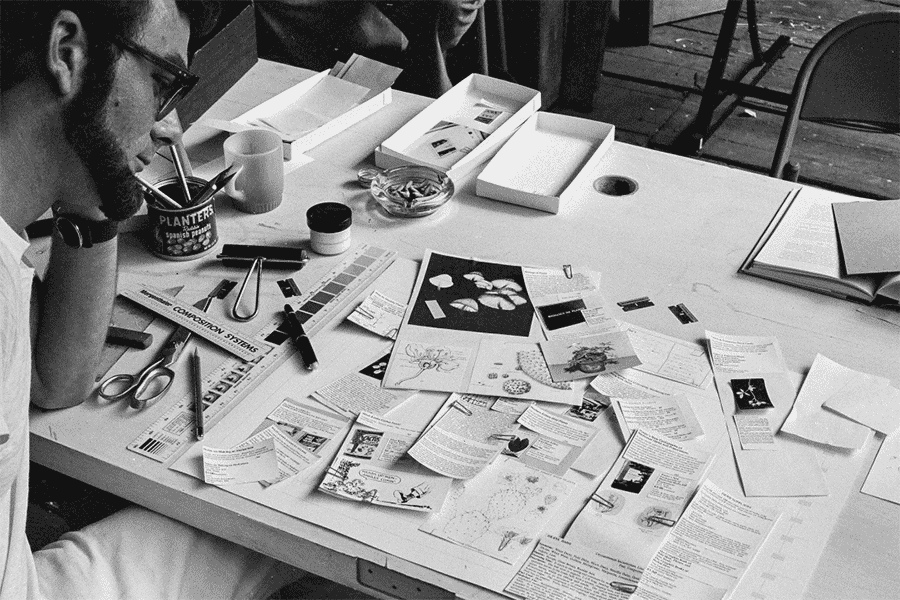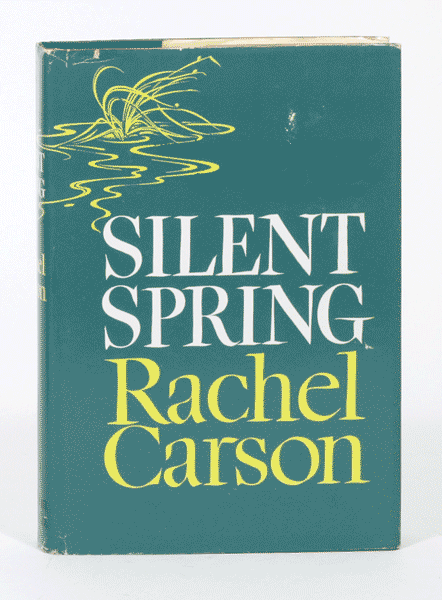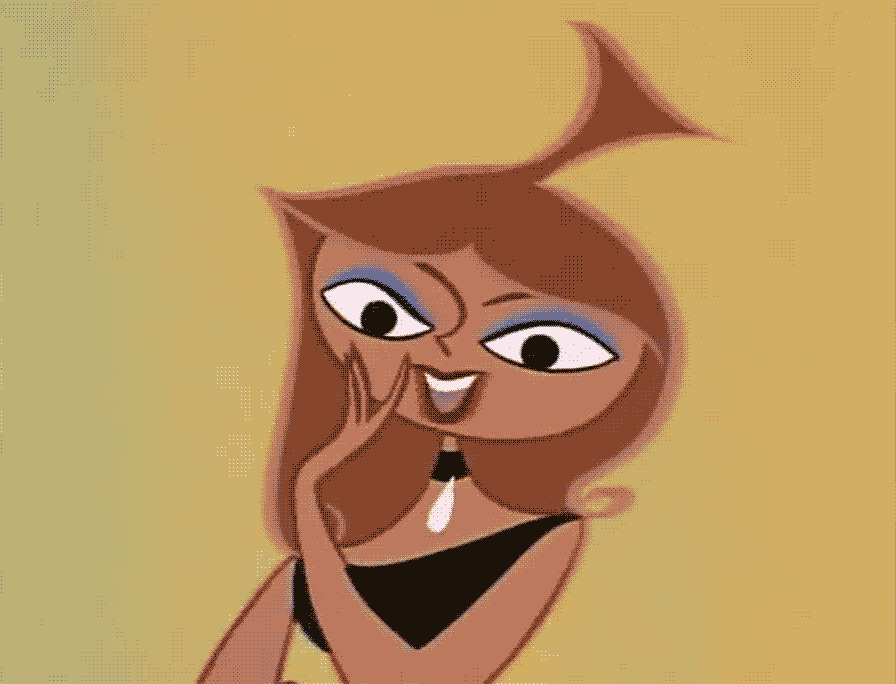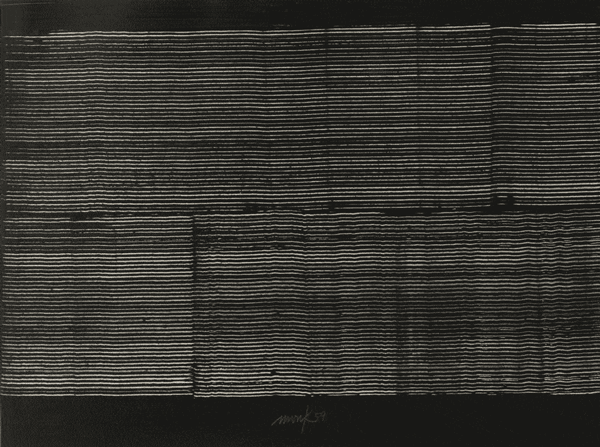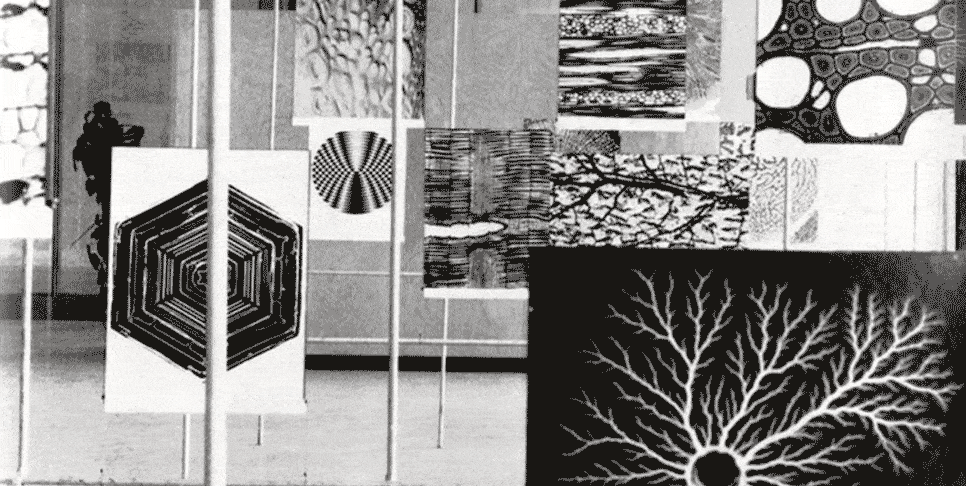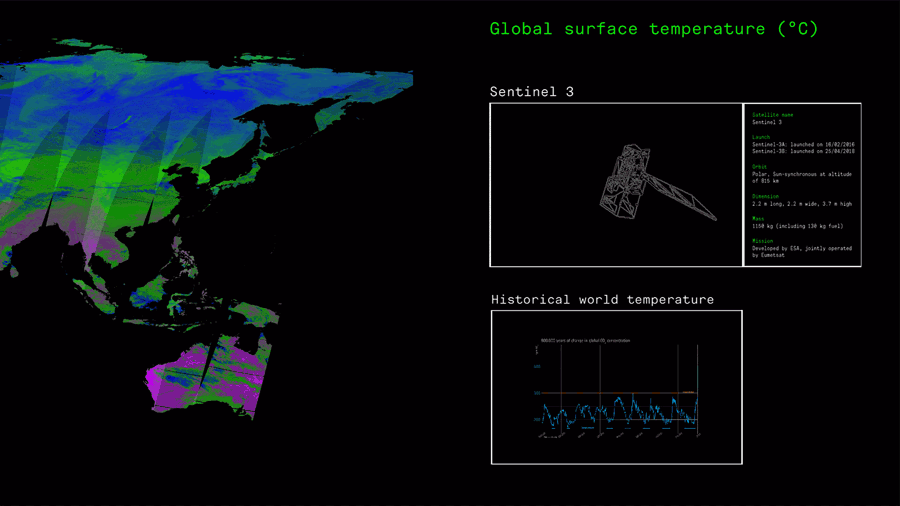
The Whole Earth, at a Distance
by Spencer Bailey and Andrew Zuckerman
Echoing the “Groundworks” timeline: 1968
When we began building The Slowdown around two and a half years ago, we never imagined the world would find itself in a global slowdown like the one we’re in. We did, however, know that change was needed – and was going to come one way or another. That a slower approach to things, with longer-term thinking, was necessary to improve our planet. A lot of our ideas stemmed from a deep interest in certain countercultural forces: Carlo Petrini’s Slow Food movement, the radical work of the Italian architecture practice Superstudio, Leonard Koren’s WET: The Magazine of Gourmet Bathing, and Stewart Brand’s Whole Earth Catalog, to name a few.
When Covid-19 arrived, we felt it was all the more important to create a platform that gets away from the fear- and anxiety-inducing news cycle we were, and continue to be – and will inevitably remain in –, and create a podcast with a whole-earth perspective. In a not-so-subtle nod to Brand and the Whole Earth Catalog, for the cover art we used the Windsor font for the “At a Distance” title and paired it with a black-and-white picture of the Earth from Andrew’s “Apollo” series. Similar to Brand’s practical, holistic editorial approach, we wanted to provide listeners with "access to tools", and to look at the big picture. Whether talking with environmentalist and author Bill McKibben about the connections between Covid-19 and the climate crisis, Center for Humane Technology’s Tristan Harris on how Big Tech is distorting reality, or PolicyLink’s Angela Glover Blackwell about tackling racial justice and inequality with a radical imagination, we were able to navigate 2020 with urgency, in real-time, hearing from some of the most insightful thinkers in their fields, while also looking far beyond the precarious present.
Our ongoing hope is that the podcast provides a sense of comfort – or, at least, context – as we unpack not just a pandemic, but the world and our place in it: who we are, how we got here, and where we’re going.
“In 1968, Stewart Brand founded the ‘Whole Earth Catalog’. Brand’s goals were to make a variety of tools accessible to newly dispersed counterculture communities, back-to-the-land households, and innovators in the fields of technology, design, and architecture, and to create a community meeting-place in print. The catalogue quickly developed into a wide-ranging reference for new living spaces, sustainable design, and experimental media and community practices. After only a few years of publication it exploded in popularity, becoming a formidable cultural phenomenon.”
David Senior — Access to Tools: Publications from the Whole Earth Catalog, 1968–1974,
MoMA, NY, New York, 2011 (retrieved February 6, 2021).
|
Spencer Bailey is a writer, editor, and journalist. The editor-at-large of the publisher Phaidon and a contributing editor at Town & Country magazine, he has written at length about architecture, art, culture, design, and technology. From 2013 to 2018, he was the editor-in-chief of Surface magazine. He is the author of the book In Memory Of: Designing Contemporary Memorials (2020).
Andrew Zuckerman is a photographer, filmmaker, and creative director. Much of his work is concerned with the intersection of nature and technology. He has published multiple books and exhibitions, including Creature (2007), Wisdom (2008), Bird (2009), Music (2010), and Flower (2012). Designed by Apple in California (2016), a book exploring 20 years of Apple design, was the result of a multiyear commission.
At a Distance is produced by The Slowdown, a media platform that provides context and clarity around some of the most relevant and pressing issues of our time: culture, nature, and the future. |
“maat Explorations” is an ongoing programme that delves into the socio-cultural and environmental transformations stemming from the current bio crisis and ecological destruction. It provides an insight into the hard science of climate intervention and the creative speculations behind innovation-led research to safeguard our planetary co-existence. Prominent in this strand is the installation Earth Bits – Sensing the Planetary, that opens access to the complex interconnectedness between the environmental and the energetic quests and its reverberation through decades of artistic production, political and cultural movements traced from the 1960s until today. On maat ext., a series of #groundworks hashtags introduce the critical explorations that feed into the complex interconnectivity between the environmental and energetic quests, and its reverberation through decades of artistic production, political and cultural movements traced from the 1960s until today.
|
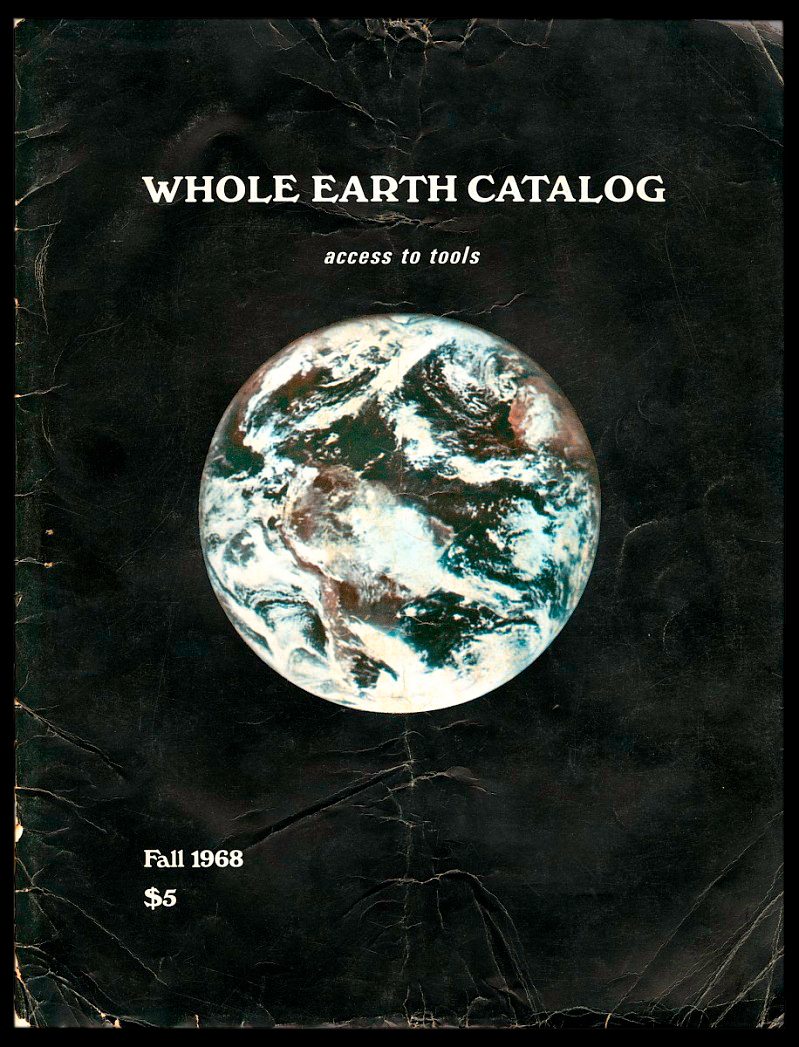
|
(top) Cover of Fall 1968 edition of the “Whole Earth Catalog: access to tools”, edited by Stewart Brand. Image courtesy of Cooper Hewitt, Smithsonian Design Museum.
“At a Distance” cover art with a picture by Andrew Zuckerman’s, “Apollo” series. |
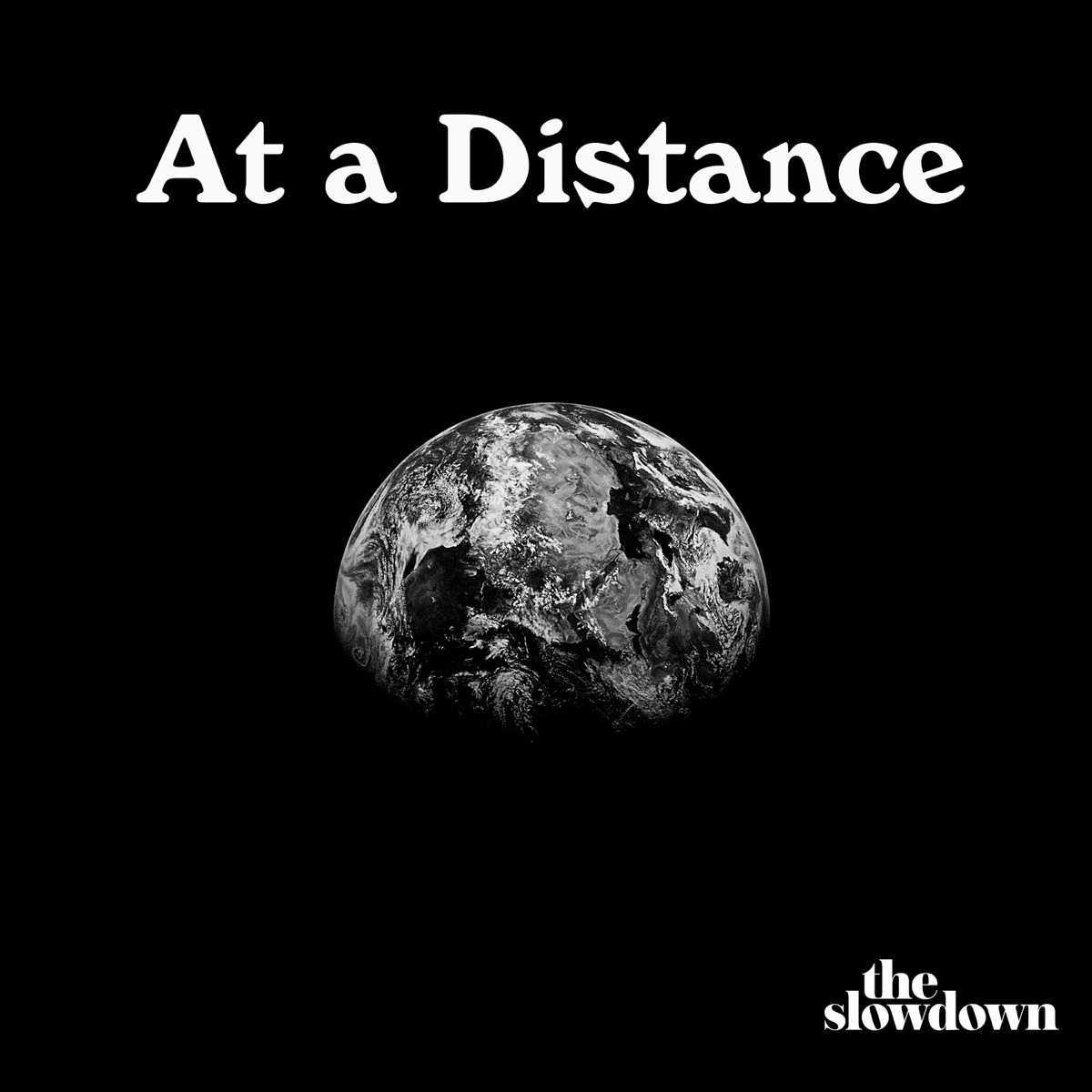 |


